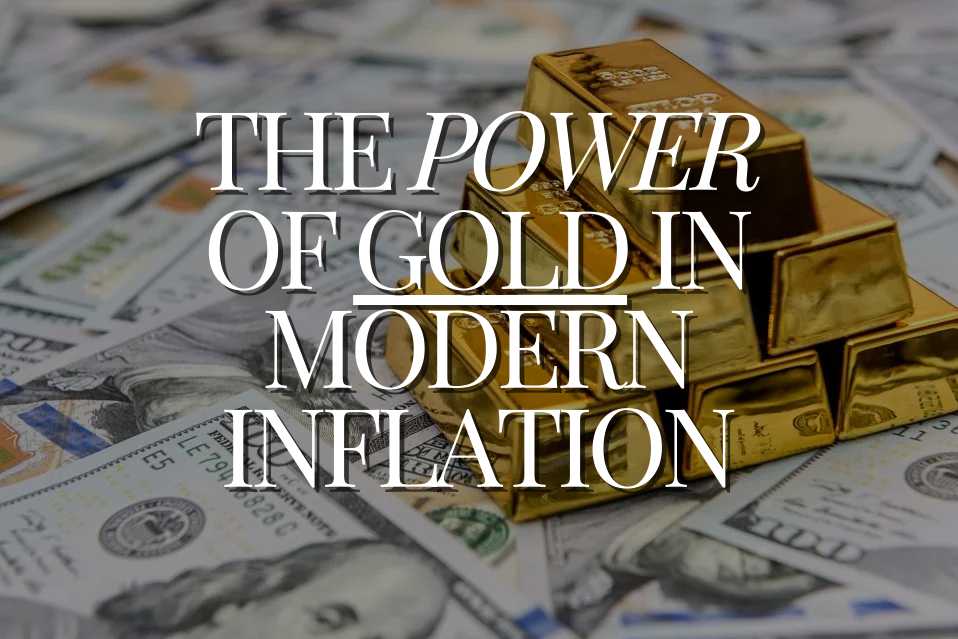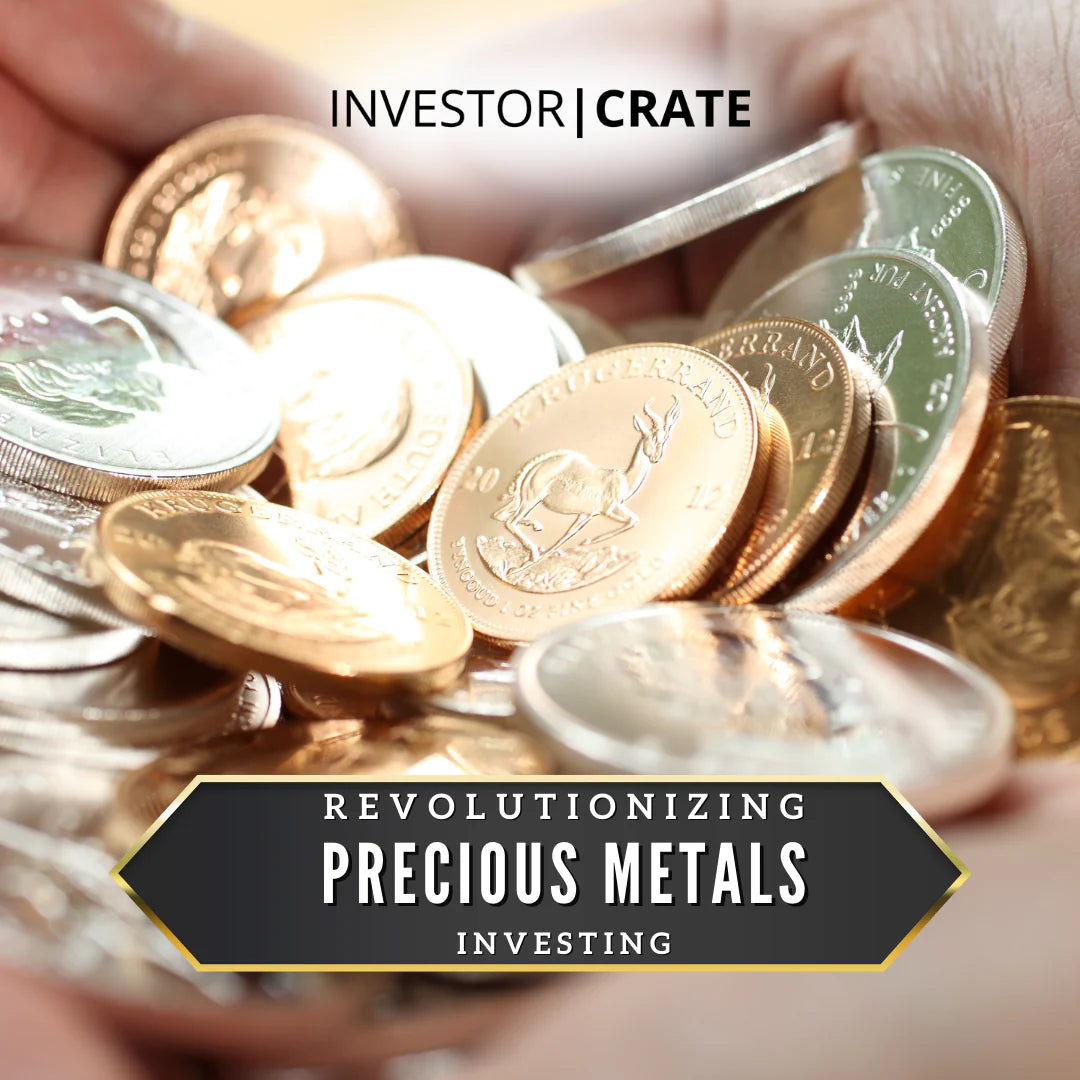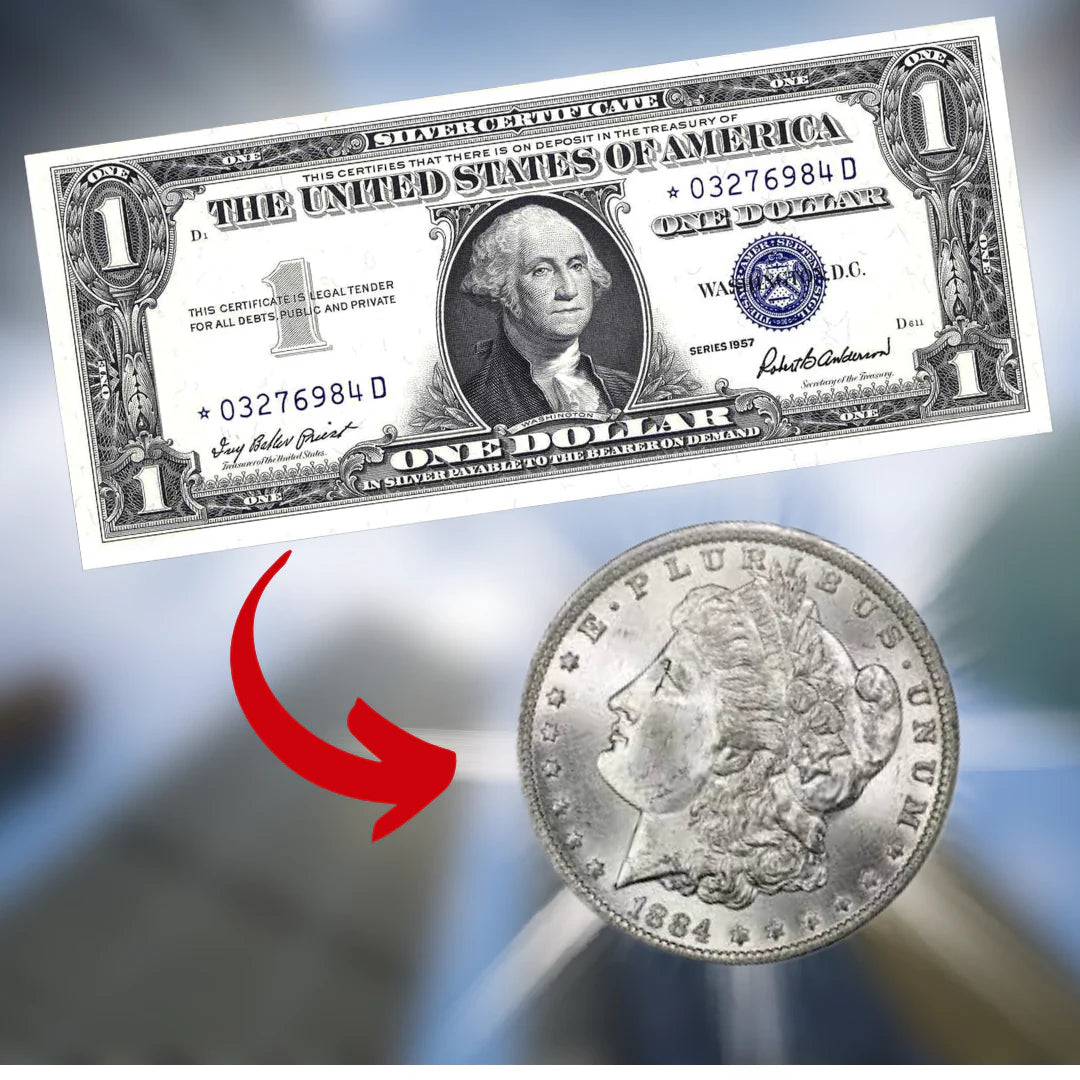James Cook - April 15th, 2022
Precious Metals List: What are Precious Metals?

In 2020 the global precious metals market reached a value of $261.94 billion.
There are many metals on the periodic table of elements, but precious metals stand out as some of the rarest and most valuable. Understanding what these metals are and why they are valuable can help you make the right investment choices.
Precious metals are metals that are generally rare and considered valuable. The value is determined by several factors including rarity, uses, and historical applications.
There are three main characteristics of precious metals that you should be aware of, which we'll discuss here. Look through this precious metals list for a rundown of the different precious metals and what their uses are.
1. Karat
This is a purity grading system for gold. 1 karat is the equivalent of 1/24th of gold within an alloy (about 4.16%). As such, 24 karat gold is completely pure.

A pure 5-gram gold bar from the Austrian Mint.
2. Fineness
This relates to the percentage of precious metal within an alloy, usually as parts per thousand. A typical example is a gold bar, which will often have "999" imprinted. This means that it's 99.9% pure.
3. Troy Ounce
This is a unit of weight for precious metals which dates back to the middle ages. A standard ounce is about 28.35 grams, whereas a troy ounce is roughly 31.1 grams.

A full troy ounce of silver in bar form.
Precious Metals List
Some precious metals have been used as currencies in the past. These days they are mainly traded to maintain diverse investment portfolios. Traders also use precious metals to hedge against inflation.
Outside of investing there are also several other applications for precious metals due to the specific properties they have.

Investor Crate is a popular subscription crate company that specializes in precious metal deliveries around the world.
Gold
Gold is the most well-known precious metal in the world. It is also one of the most recognizable due to its distinctive color. Gold is very valuable, and as such is a popular choice for jewelry, and many cultures have used it as a currency at some point.
In terms of investment, gold has also been the most popular precious metal on the market.
On top of this it is easily malleable, and an excellent conductor. Because of this, it is often found in high-quality electronics. It is also sometimes used for radiation shielding and thermal insulation.
There are 5 main types of gold available:
- Fine gold - gold with a fineness of 999 or more
- Gold alloy - gold that has other alloying elements
- White gold - main alloying element is palladium or nickel
- Rose gold - main alloying element is copper
Silver
After gold, silver is the second most famous precious metal. Its properties and uses are quite similar to gold.
Silver is a very common choice for jewelry, and it has better thermal and electrical conductivity than any other element. It also has the lowest contact resistance.
Because of this, it is found in electronics, batteries, dentistry equipment, photography equipment, and antimicrobial agents. Like gold, silver has been used in a wide range of currencies in the past.
Platinum
Platinum is another option for jewelry, but less widely seen as it is 15 times rarer than gold. Along with its rarity, platinum is one of the least reactive metals in the world, giving it excellent corrosion resistance.
It is very dense, yet easily malleable. Platinum is sometimes used in dentistry equipment and even catalysts.

Inside the Investor Crate.
Palladium
Palladium has similar properties, and therefore similar uses, to platinum. It is not often used alone for jewelry, but is often combined with gold to make "white gold".
It can absorb large amounts of hydrogen making it another excellent choice for catalytic converters in cars. Palladium remains stable even at high temperatures.
Ruthenium
The main use of ruthenium is as an alloying element. It can be combined with palladium or platinum to increase hardness if needed.
Ruthenium is also very effective for plating electric contacts.
Rhodium
Rhodium is silvery and highly reflective. Like other platinum group metals, it is resistant to corrosion and has a very high melting point.
Due to how reflective it is rhodium is often used in mirrors and other reflectors. It is also sometimes used for jewelry and automotive applications.
Iridium
Iridium has one of the highest melting points of all metals and it's also one of the densest. On top of this, it is the most corrosion-resistant element in the world.
It has many uses including:
- Jewelry
- Watches
- Compasses
- Pen nibs
- Electronics
- Automotive
- Medicine
Osmium
This falls into the "platinum group" of metals along with palladium, ruthenium, rhodium, iridium, and of course, platinum. It has a more blueish hue than the others.
It is very hard, brittle, and gives off an unpleasant odor. This makes it unsuitable for jewelry. Its most common uses are for electrical contacts, pen nibs, or as an alloying element to harden platinum alloys.
Other Precious Metals
There are some other elements that are sometimes considered precious metals. These include:
- Rhenium
- Indium
- Copper
While rhenium and indium are quite rare and have useful properties, they are not officially regarded as precious metals, while copper is used in abundance and for important jobs such as plumbing and electrical wire, is not considered precious because it is widely available and easy to source.
Investing in Precious Metals
The most tangible method of investing in precious metals is to hold them directly. You can purchase physical billions of gold, or other metals, in the form of coins or bars. The main issue with this is that you need to be able to store these safely, and will need to pay for insurance.
Alternatively, you can purchase futures contracts for metals or public shares in companies that produce precious metals. When doing so just be aware that there is always a risk of prices dropping due to economic uncertainty.
Both methods have advantages and disadvantages, so it is important to do your research first to decide what is best for you.
Where to Invest
After looking through these precious metals list and making a decision about how you want to invest, you need to know where to begin. Investor Crate has a range of options for investing in gold, silver, and platinum.
We have various packages featuring different coins and bars representing many different countries, perfect for investors and collectors alike.
To find out more about what we offer, click here to contact us today.
This is in no way to be considered investment advice. Past performance is no guarantee of future results. Asset allocation and diversification do not ensure a profit or guarantee against a loss. Keep in mind that any form of investing involves risk and you should always consult with your financial advisor before making any financial decisions. Investor Crate, LLC., it's subsidiaries and staff will never advise you on any asset as our aim is to provide a fun and affordable service should you decide to purchase Precious Metals.
Keep in mind that investing involves risk. The value of your investment will fluctuate over time, and you may gain or lose money.




I learn something new about investing every time I read this article.
Very interesting, and informative article!
I had not really known much about some of these.
Iridium another interesting precious metal
Iridium another interesting precious metal